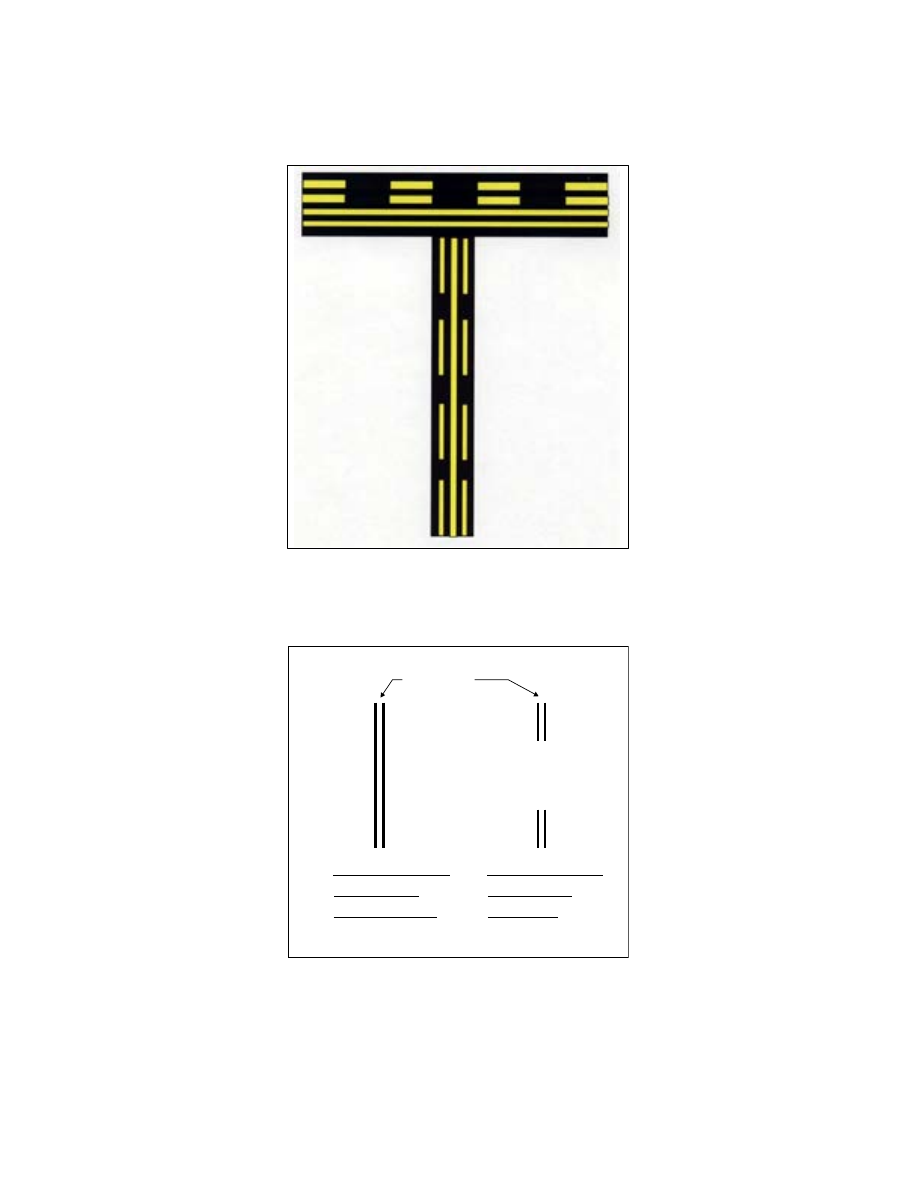
4/20/23
AIM
(4) Advanced RNP (A
−
RNP).
Advanced RNP is a NavSpec with a minimum set of mandatory
functions enabled in the aircraft’s avionics suite. In the U.S., these minimum functions include capability to
calculate and perform RF turns, scalable RNP, and parallel offset flight path generation. Higher continuity (such
as dual systems) may be required for certain oceanic and remote continental airspace. Other “advanced” options
for use in the en route environment (such as fixed radius transitions and Time of Arrival Control) are optional
in the U.S. Typically, an aircraft eligible for A
−
RNP will also be eligible for operations comprising: RNP APCH,
RNP/RNAV 1, RNP/RNAV 2, RNP 4, and RNP/RNAV 10. A
−
RNP allows for scalable RNP lateral navigation
values (either 1.0 or 0.3) in the terminal environment. Use of these reduced lateral accuracies will normally
require use of the aircraft’s autopilot and/or flight director. See the latest AC 90
−
105 for more information on
A
−
RNP, including NavSpec bundling options, eligibility determinations, and operations approvals.
NOTE
−
A
−
RNP eligible aircraft are NOT automatically eligible for RNP AR APCH or RNP AR DP operations, as RNP AR eligibility
requires a separate determination process and special FAA authorization.
(5) RNP 1.
RNP 1 requires a lateral accuracy value of 1 for arrival and departure in the terminal area,
and the initial and intermediate approach phase when used on conventional procedures with PBN segments (for
example, an ILS with a PBN feeder, IAF, or missed approach). RF turn capability is optional in RNP 1 eligibility.
This means that your aircraft may be eligible for RNP 1 operations, but you may not fly an RF turn unless RF
turns are also specifically listed as a feature of your avionics suite.
(6) RNP 2.
RNP 2 will apply to both domestic and oceanic/remote operations with a lateral accuracy
value of 2.
(7) RNP 4.
RNP 4 will apply to oceanic and remote operations only with a lateral accuracy value of
4. RNP 4 eligibility will automatically confer RNP 10 eligibility.
(8) RNP 10.
The RNP 10 NavSpec applies to certain oceanic and remote operations with a lateral
accuracy of 10. In such airspace, the RNAV 10 NavSpec will be applied, so any aircraft eligible for RNP 10 will
be deemed eligible for RNAV 10 operations. Further, any aircraft eligible for RNP 4 operations is automatically
qualified for RNP 10/ RNAV 10 operations. (See also the latest AC 91
−
70, Oceanic and Remote Continental
Airspace Operations, for more information on oceanic RNP/RNAV operations.)
(9) RNP 0.3.
The RNP 0.3 NavSpec requires a lateral accuracy value of 0.3 for all authorized phases
of flight. RNP 0.3 is not authorized for oceanic, remote, or the final approach segment. Use of RNP 0.3 by
slow
−
flying fixed
−
wing aircraft is under consideration, but the RNP 0.3 NavSpec initially will apply only to
rotorcraft operations. RF turn capability is optional in RNP 0.3 eligibility. This means that your aircraft may be
eligible for RNP 0.3 operations, but you may not fly an RF turn unless RF turns are also specifically listed as
a feature of your avionics suite.
NOTE
−
On terminal procedures or en route charts, do not confuse a charted RNP value of 0.30, or any standard final approach
course segment width of 0.30, with the NavSpec title “RNP 0.3.” Charted RNP values of 0.30 or below should contain two
decimal places (for example, RNP 0.15, or 0.10, or 0.30) whereas the NavSpec title will only state “RNP 0.3.”
(b) Application of Standard Lateral Accuracy Values.
U.S. standard lateral accuracy values typically
used for various routes and procedures supporting RNAV operations may be based on use of a specific
navigational system or sensor such as GPS, or on multi
−
sensor RNAV systems having suitable performance.
(c) Depiction of PBN Requirements.
In the U.S., PBN requirements like Lateral Accuracy Values or
NavSpecs applicable to a procedure will be depicted on affected charts and procedures. In the U.S., a specific
procedure’s Performance
−
Based Navigation (PBN) requirements will be prominently displayed in separate,
standardized notes boxes. For procedures with PBN elements, the “PBN box” will contain the procedure’s
NavSpec(s); and, if required: specific sensors or infrastructure needed for the navigation solution, any additional
or advanced functional requirements, the minimum RNP value, and any amplifying remarks. Items listed in this
PBN box are REQUIRED to fly the procedure’s PBN elements. For example, an ILS with an RNAV missed
approach would require a specific capability to fly the missed approach portion of the procedure. That required
Performance
−
Based Navigation (PBN) and Area Navigation (RNAV)
1
−
2
−
7